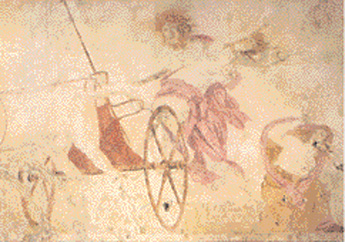The Classical World (90 page)
Read The Classical World Online
Authors: Robin Lane Fox

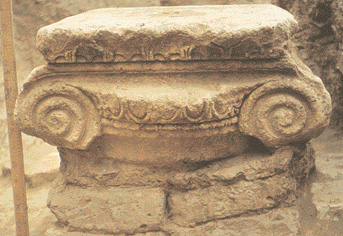
30. The most distant known Ionic Greek column-capital: from the big temple at Takht-i-Sangin on the further bank of the Oxus, in Tadjikistan.
c
. 300–280
BC
.
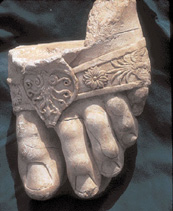
31. Foot of a colossal Greek statue, surely of a god, from the Greek city at Ai Khanum, Afghanistan,
c
. 250–150
BC
.
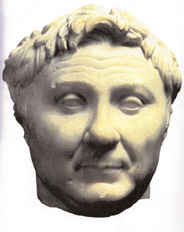
32. Portrait head of Pompey, an imperial Roman copy, combining the realism of small eyes and expression with a hairstyle recalling the great Alexander’s.
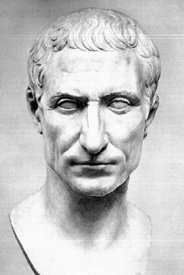
33. Portrait head of Julius Caesar, probably posthumous,
c
. 40–30
BC
.
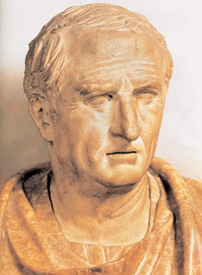
34. Marble portrait, also posthumous, believed to represent Cicero,
c
. 40–30
BC
.
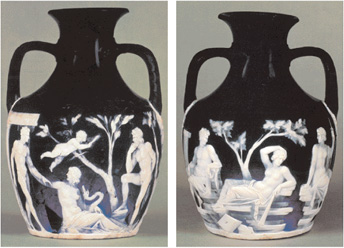
35. The Portland Vase, (blue and white cameo-glass), probably depicting mythological Peleus and Thetis (left) and maybe Aeneas and unhappy Dido (right). Reference to Antony and Cleopatra (left) and Octavian and rejected Octavia (right) has been suggested. Perhaps
c
. 35
BC
.
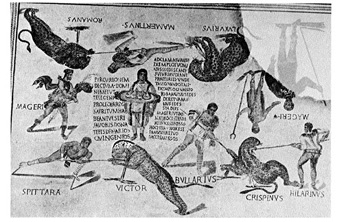
36. Lavish amphitheatre mosaic, showing named hunters in the arena killing named leopards (‘The Roman’; ‘Luxurious’). Floor-mosaic from house of Magerius, near Thysdrus, Tunisia. Perhaps
c
.
AD
260–80.
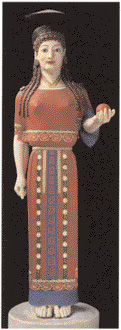
37. Colour reconstruction of the so-called ‘Peplos Kore’ from Athens, a ‘Maiden in a Robe’. Most Greek marble statues were painted brightly. Original
c
. 530
BC
.

38. Colour reconstruction of the grave-stele of Aristion by Aristocles. Original
c
. 510 bc, found at Marathon in Attica. Aristion was possibly the famous sculptor from Paros.
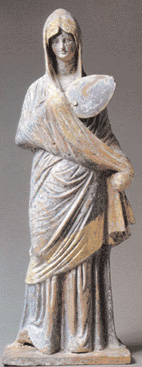
39. The ‘Lady in Blue’, one of five painted terracotta ‘Tanagra’ figurines from a tomb just north of Tanagra, central Greece. The lady with her fan, robe and covered head is perhaps a courtesan.
c
. 330–300
BC
.
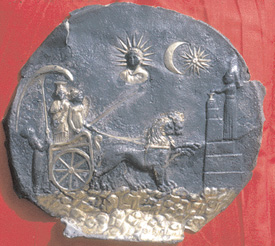
40. Silver plate with gilding: a goddess, perhaps Cybele, drawn by lions to an altar. From the Greek city at Ai Khanum, Afghanistan,
c
. 300
BC
.
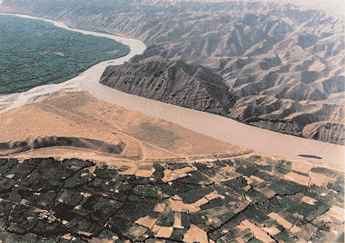
41. Aerial view of the most remote Greek city, at Ai Khanum, Afghanistan, by the rivers Oxus and Kokcha, probably an Alexandria by origin. The lower city area has been devastated by plundering during the recent wars.
